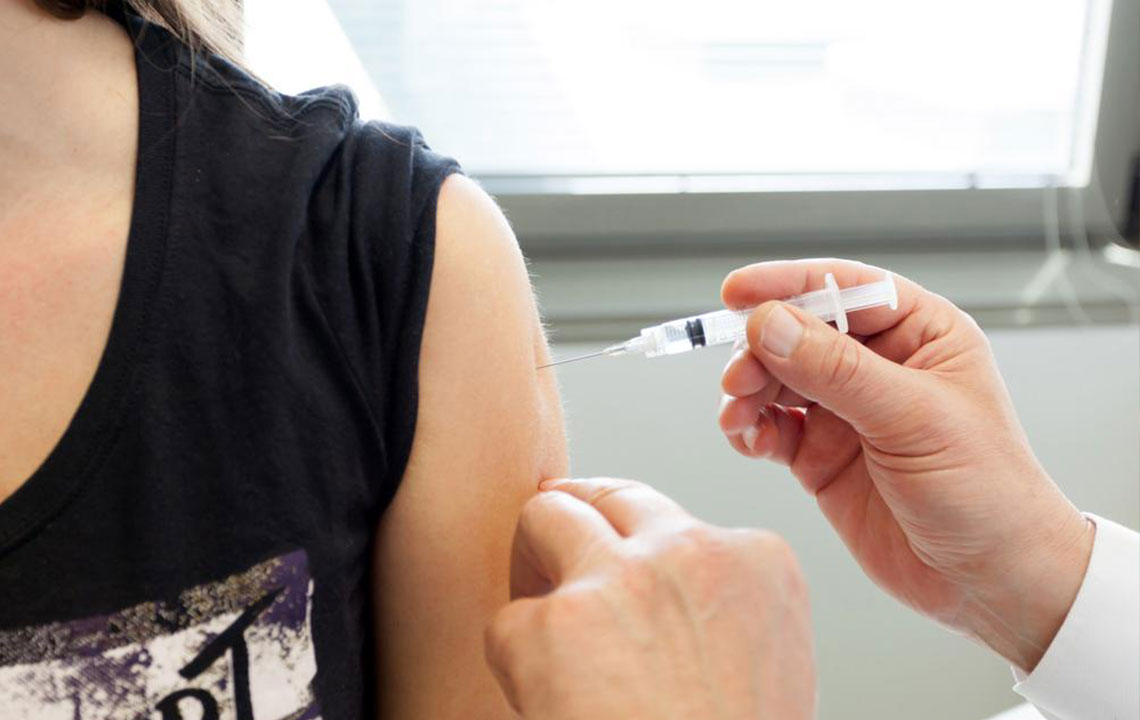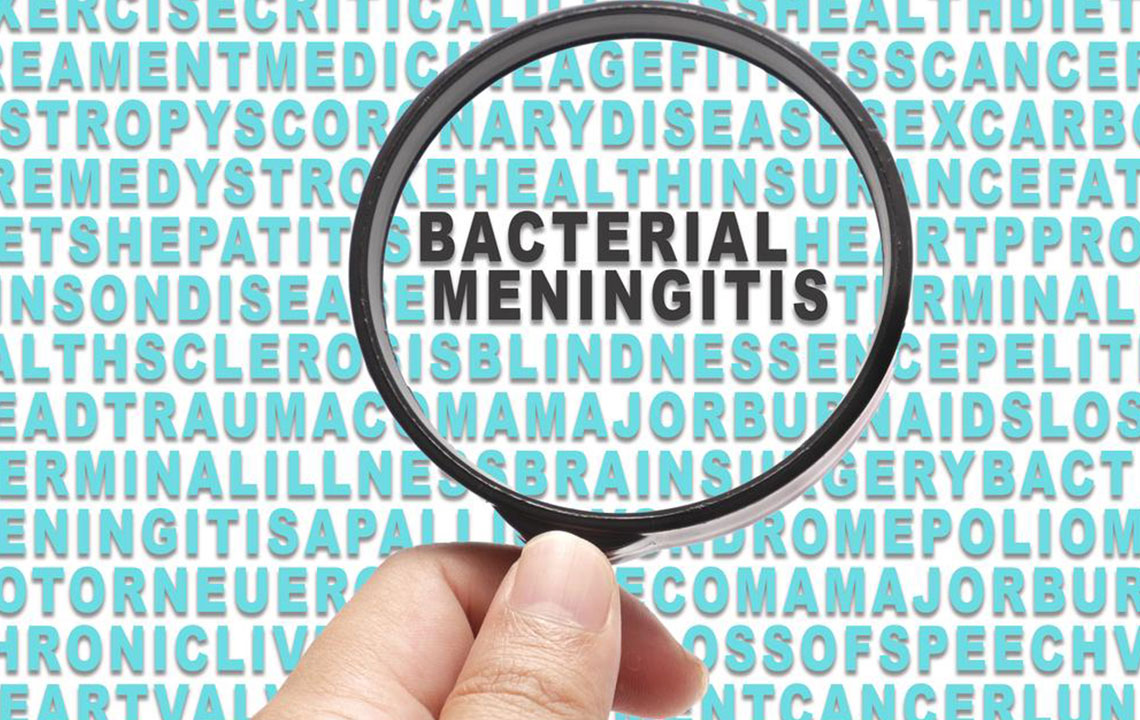Essential Facts About Meningococcal Meningitis and Vaccination
Learn vital information about meningococcal meningitis, its risks, and vaccination options. This article covers who is at risk, how the disease spreads, and detailed vaccination guidelines for different age groups, including special recommendations for high-risk populations. Stay informed to protect yourself and others from this serious bacterial infection through timely vaccination and preventive measures.

Essential Facts About Meningococcal Meningitis and Vaccination
Meningococcal meningitis involves infection of the brain and spinal cord membranes, caused mainly by bacteria or viruses. The predominant bacterial culprit is Neisseria meningitidis, which causes meningitis and bloodstream infections known as meningococcemia. This bacterium has five main groups: A, B, C, W, and Y. Often residing harmlessly in the throat, it becomes dangerous if it enters the blood or cerebrospinal fluid, leading to serious complications. Vaccination is a primary preventive measure against this disease.
Below are key points about meningitis and its vaccines:
While many carry the meningococcal bacteria, certain groups are at increased risk, including infants, teenagers, and young adults. Close quarters like colleges raise susceptibility.
Individuals with spleen removal, immune deficiencies such as complement component deficiency, or HIV-positive individuals are more prone to infection.
Regions like sub-Saharan Africa frequently face meningitis outbreaks. Travelers and residents in such areas should be extra cautious.
Meningococcal meningitis doesn’t spread casually; it transmits through saliva or respiratory secretions during close contact.
Contact with an infected person increases risk; antibiotics or vaccination is advised as preventive measures.
The vaccine covers all five main bacterial serogroups, offering significant protection but not complete prevention. It is administered at various ages depending on risk factors.
Children aged 2-10 years may receive the MenACWY or Hib-MenCY-TT vaccines if at high risk, with booster doses possible.
Teens aged 11-18 typically start with a primary dose at 11-12 years, followed by a booster at 16.
Children vaccinated at 13-15 need a booster between 16-18, unless the first dose is given at age 16-18.
Adults with vulnerable health conditions or exposure—such as microbiologists or travelers to high-risk regions—are recommended to receive MenACWY or MPSV4 vaccines.
People in high-risk communities, military personnel, or those traveling to outbreaks should get vaccinated.
Serogroup B vaccines are also available for those aged 10-23, especially during outbreaks or high-risk scenarios.
Note:
This site provides helpful health information based on extensive research. It is not a substitute for professional medical advice. Readers should consult healthcare providers for personalized guidance. The site cannot guarantee the accuracy or completeness of third-party data or offers.










